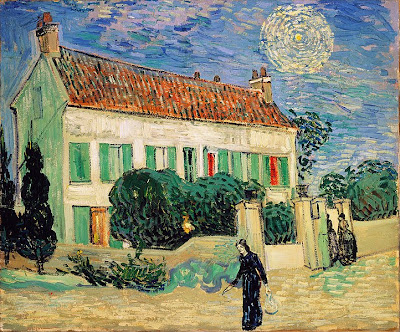
The history of Western painting represents a continuous, though disrupted, tradition from antiquity. Until the mid-19th century it was primarily concerned with representational and Classical modes of production, after which time more modern, abstract and conceptual forms gained favor.
Developments in Western painting historically parallel those in Eastern painting, in general a few centuries later. African art, Islamic art, Indian art, Chinese art, and Japanese art each had significant influence on Western art, and, eventually, vice-versa.
Initially serving imperial, private, civic, and religious support, Western painting later found audiences in the aristocracy and the middle class.
From the Middle Ages through the rebirth painters worked for the church and a wealthy aristocracy. Beginning with the Baroque era artists received private commissions from a more educated and prosperous middle class.
The idea of "art for art's sake" began to find expression in the work of the Romantic painters like Francisco de Goya, John Constable, and J.M.W. Turner. During the 19th century the rise of the commercial art gallery provided support in the 20th Century.
Western painting reached its zenith in Europe during the Renaissance, in conjunction with the refinement of drawing, use of perspective, ambitious architecture, tapestry, stained glass, sculpture, and the period before and after the advent of the printing press.
Following the depth of discovery and the complexity of innovations of the Renaissance the rich heritage of Western painting continues into the 21st century.









 During the later 14th century, International Gothic was the style that dominated Tuscan painting.
During the later 14th century, International Gothic was the style that dominated Tuscan painting.




 Buying oil paint is much like buying a car, it means you get what you pay for. Usually, the more expensive the paint, the better quality it is.
Buying oil paint is much like buying a car, it means you get what you pay for. Usually, the more expensive the paint, the better quality it is.










